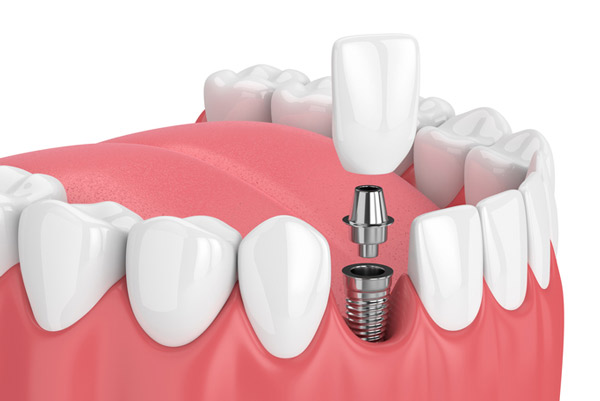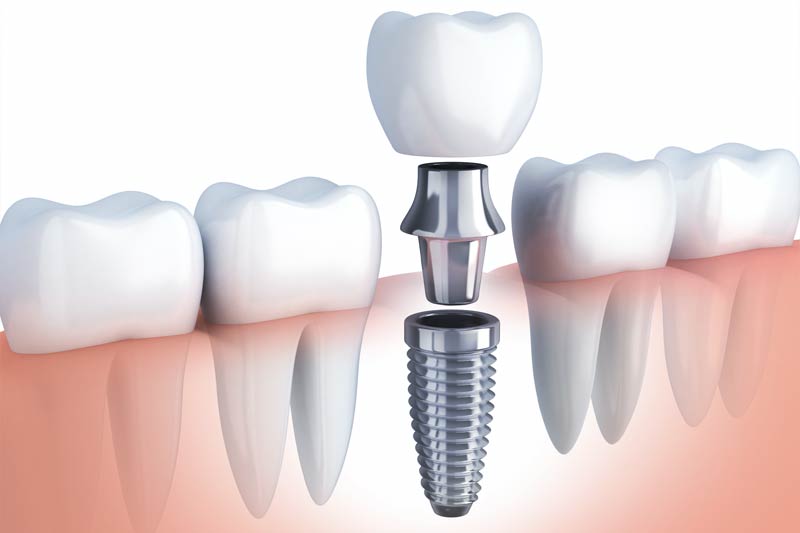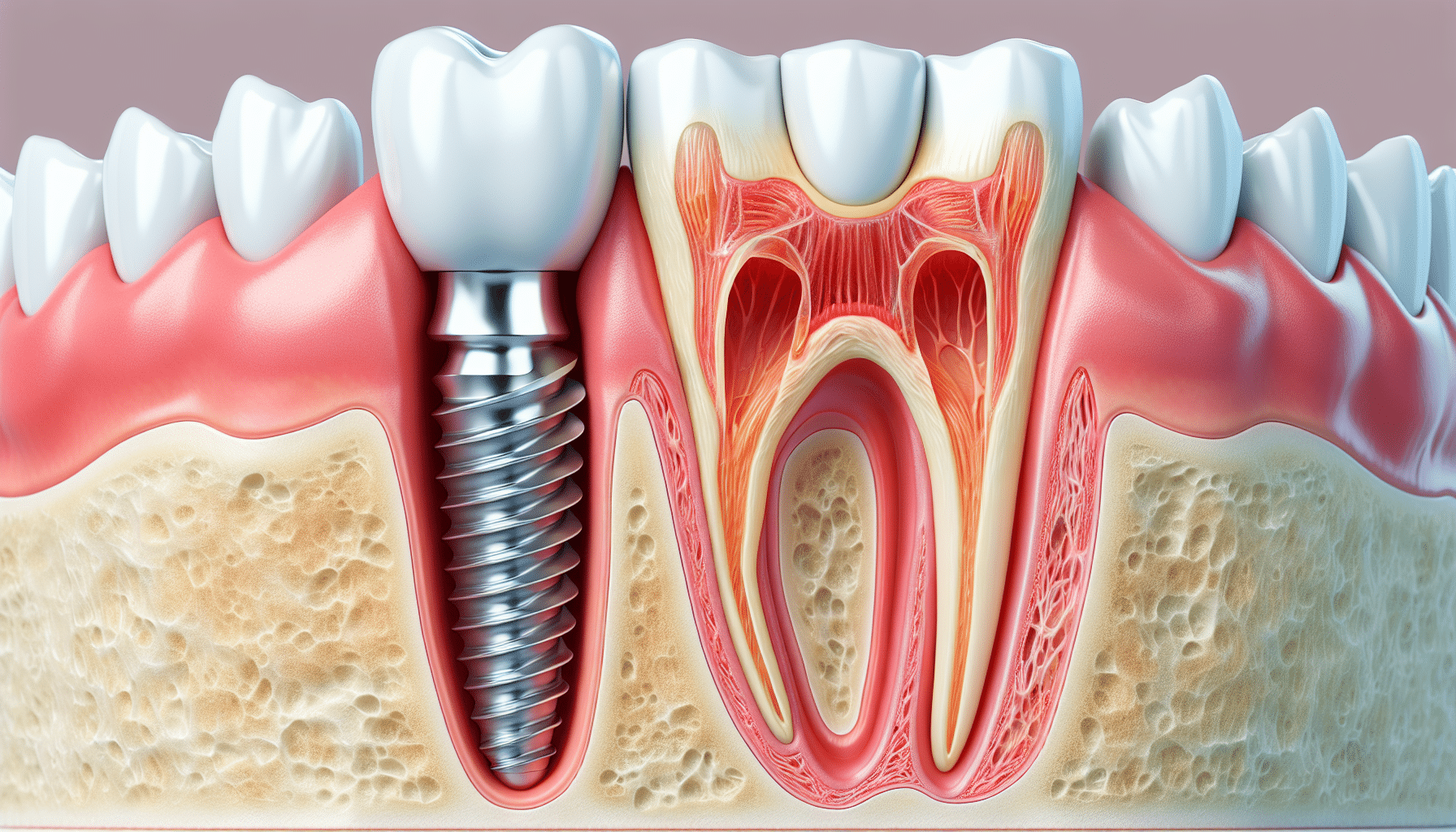Premier Dental Pataskala OH Step-by-Step Guide to Dental Implant Procedures
Premier Dental Pataskala OH Step-by-Step Guide to Dental Implant Procedures
Blog Article
Orthodontics Granville OH Common Dental Implant Problems and How to Avoid Them
Dental implants for people with gum disease current a unique set of challenges and issues. Gum disease, also referred to as periodontal disease, affects the supporting constructions of the teeth, including the gums and the bone. This condition can end result in inflammation and why not try here infection, leading to tissue destruction that compromises the soundness of natural teeth. For people i thought about this suffering from reasonable to original site extreme gum disease, reaching a wholesome foundation is paramount earlier than contemplating dental implants.

The preliminary step for anybody with gum disease is to hunt skilled therapy to handle the underlying condition. This typically entails thorough cleanings known as scaling and root planing, which purpose to remove plaque and tartar buildup that harbor bacteria. In some circumstances, sufferers might require additional therapies similar to antibiotics or even surgery to restore gum health. Only after the gums have adequately healed and regained stability should one contemplate shifting forward with implant placement.
Dental Care Pataskala OH Step-by-Step Guide to Dental Implant Procedures
Once the gum disease is managed, understanding the extent of the bone loss is crucial. Periodontal disease can lead to the recession of the bone that supports the teeth, making the jaw much less able to accommodate dental implants. A comprehensive analysis, together with imaging studies similar to X-rays or 3D scans, is essential in figuring out how much bone is current and whether or not grafting procedures could also be needed.
Bone grafting is a typical procedure for those with insufficient bone volume. During this course of, bone material is added to reinforce the existing bone structure. This could be created from various sources, including synthetic supplies or the patient's own bone harvested from one other site. Bone grafting not solely creates a solid base for implants but in addition encourages new bone development within the space.
Johnstown Dental Sunbury OH Common Dental Implant Problems and How to Avoid Them
After the bone grafting process, you will want to give ample time for healing. This therapeutic time can differ depending on the individual’s health and the complexity of the remedy. In some cases, it would take several months before continuing with dental implants. Patience during this stage is significant as rushing the method can compromise overall outcomes and long-term success.
Once sufficient bone has fashioned, the dental implant procedure can start. The implant, a titanium submit, is surgically positioned into the jawbone. This submit acts like a root for a replacement tooth, and over time, a course of referred to as osseointegration happens. Osseointegration is crucial for the soundness of the implant and involves the bone rising around the implant, firmly securing it in place.
Following implant placement, the therapeutic course of continues. During this period, the delicate tissues must heal across the implant without infection or problems. Regular follow-ups with a dental skilled are essential to observe healing and tackle any issues that may come up.
For individuals with a history of gum disease, meticulous oral hygiene is essential both before and after implant placement. Maintaining clear gums and teeth helps prevent re-infection and ensures the long-term success of the implants. This includes regular dental check-ups, day by day brushing, flossing, and sometimes using antimicrobial rinses as really helpful by a dentist.
Dental Center Pataskala OH Permanent Dental Implants
Factors like smoking and certain medical conditions can adversely affect the success of implants for these with gum disease. Smoking, as an example, can hinder blood move and therapeutic, while conditions like diabetes can slow down recovery and increase the risk for issues. Addressing life-style components is important to maximize the chance of successful outcomes.
The journey of acquiring dental implants as an individual with gum disease could be complicated, but it often results in vital improvements in quality of life. Many individuals report elevated vanity, enhanced oral functionality, and a renewed sense of confidence. Properly placed implants can restore the ability to eat, speak, and smile with out discomfort or insecurity.
In conclusion, dental implants for people with gum disease necessitate a radical understanding of the additional steps required to make sure success (Mono Implants Alexandria OH). It entails effectively managing gum health, addressing any underlying bone loss, and maintaining impeccable oral hygiene. With the best approach, people can achieve lasting outcomes and regain perform and aesthetics in their smiles. It is important to seek the advice of with skilled dental professionals who can guide sufferers via every step of the process, ensuring the absolute best outcomes
Dentist Office Galena OH Frequently Asked Questions About Dental Implants

- Dental implants can still be an possibility for people with gum disease, but thorough evaluation and therapy are essential prior to the procedure.
- Addressing gum disease usually includes deep cleansing procedures, similar to scaling and root planing, to reduce inflammation and promote gum health.
- A multi-disciplinary method is often helpful; collaboration between periodontists and oral surgeons can enhance outcomes for sufferers requiring dental implants.
- Smoking and poor oral hygiene can exacerbate gum disease and compromise implant success; cessation and improved care are important for optimal outcomes.
- Bone density evaluation is important, as superior gum disease can result in bone loss, influencing the type of implant and placement strategies used.
- Implants placed in areas affected by gum disease might require extra support like bone grafting to determine a stable foundation for the implant.
- Regular follow-ups could additionally be essential to observe gum health after implant placement, ensuring that the therapeutic course of is continuing without problems.
- Patients with a historical past of gum disease may have a better risk of peri-implantitis, making diligent oral hygiene a significant part of long-term care.
- Educating patients about maintaining periodontal health post-implant reduces the possibilities of issues and improves the longevity of the implants.
- Personalized care plans that include both restorative and periodontal remedies can improve the general success charges for implants in gum disease patients.undefinedWhat are dental implants, and can individuals with gum disease obtain them?
Dental implants are artificial tooth roots positioned into the jawbone to help replacement teeth. While folks with gum disease can obtain implants, it is essential to administer and deal with the gum disease first to make sure profitable integration and reduce the risk of implant failure.
Premier Dental Condit OH Single-Tooth Implants: Everything You Need to Know
How does gum disease have an result on dental implant success?
Gum disease can compromise the bone and tissue surrounding implants, resulting in greater failure rates. Successful implantation relies on wholesome gums and bone; thus, addressing and treating gum disease is crucial earlier than considering implants.
Dental Implants Hartford OH Frequently Asked Questions About Dental Implants
What therapy options can be found for gum disease before getting dental implants?
Treatment options could include deep cleaning (scaling and root planing), antibiotics, or extra advanced procedures like pocket reduction surgery. These therapies aim to revive gum health, making implants a viable option.
Dental Implants Galena OH Understanding Dental Implants: A Comprehensive Guide

How long is the recovery course of for dental implants in gum disease patients?
Recovery can range, but usually, the therapeutic interval may take several months. After the preliminary implant placement, the jawbone wants time to fuse with the implant, and any gum disease treatment prior may also prolong the general timeline.
Are there any risks concerned with dental implants if you have a history of gum disease?
Dental Implants Centerburg OH Permanent Dental Implants
Yes, people with a historical past of gum disease face higher risks of implant failure, infection, and complications if the disease just isn't adequately managed earlier than the procedure. A thorough dental analysis and therapy plan are crucial.
What should I talk about with my dentist earlier than getting dental implants with gum disease?
Discuss your medical historical past, present oral health, treatment options for gum disease, potential risks, and the timeline for each gum disease treatment and implant surgery. Clear communication helps in formulating an effective remedy plan.
Can life-style changes improve the probabilities of profitable dental implants for sufferers with gum disease?
Dental Center Centerburg OH Full Mouth Dental Implants
Yes, adopting more healthy habits, similar to quitting smoking, enhancing oral hygiene, and maintaining regular dental visits, can considerably improve the chances of successful dental implants and total gum health.
Is it potential to have crowns placed on implants instantly if I really have gum disease?
Not sometimes - Dental Center Granville OH. Immediate placement of crowns is often avoided in sufferers with gum disease, as it can increase the chance of problems. It’s finest to allow for healing and correct gum health before attaching crowns
Dentist Hartford OH Dental Implant Surgery
How often should I see my dentist after getting dental implants if I previously had gum disease?
Regular follow-ups, sometimes every three to six months, are important for sustaining dental implants, particularly for these with a historical past of gum disease. Pediatric Dentist Johnstown OH. These visits help monitor gum health and the integrity of the implants
Report this page